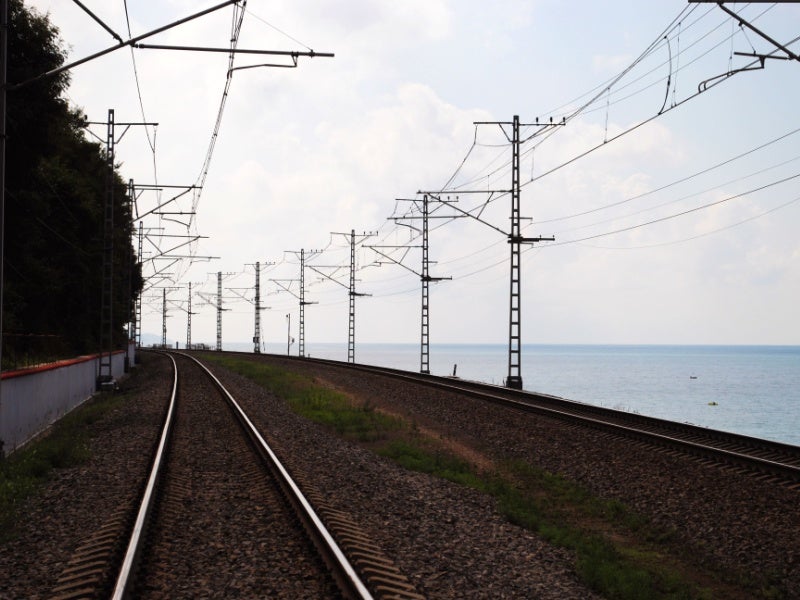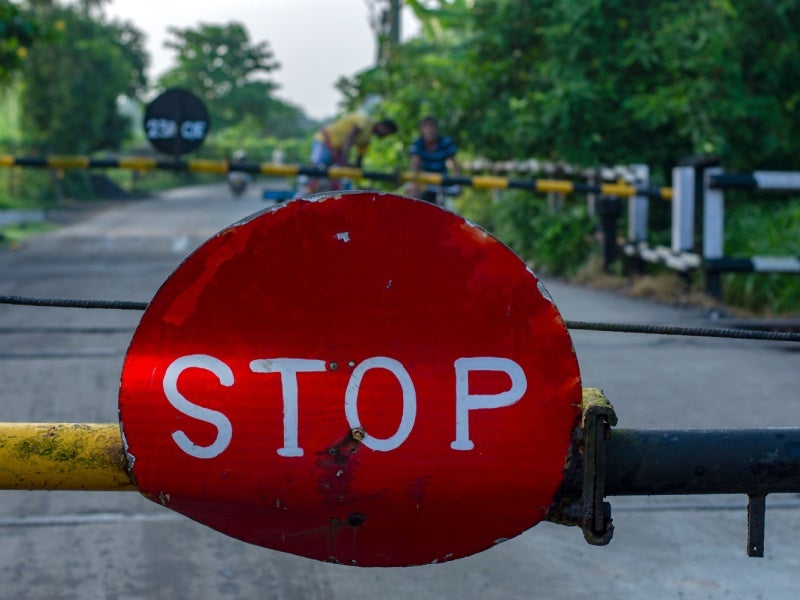The Vore-Hani i Hotit railway line in Albania is being reconstructed by Albanian Railways (Hekurudha Shqiptare (HSH)), the country’s railway operator, to enable safer and rapid travel for passengers with trains operating at speeds of up to 100km/h.
The Vore-Hani i Hotit rail line connects Tirana, the capital of Albania, with Podgorica, the capital of Montenegro, and on to the major railway network of Europe. The line is Albania’s only railway connection with its neighbouring countries.
The rehabilitation of the railway line aims to improve the infrastructure to meet European Union (EU) standards and improve both passenger and freight transport services in Albania.
With an estimated investment of €356m ($385.72m), the project will promote multimodal and intermodal transportation throughout Albania and the neighbouring regions, facilitating trade and economic connectivity with neighbouring countries and EU member states.
The project is an integral part of the Western Balkans’ economic and investment plan under the Connecting the Coastal Regions flagship initiative. It serves as an indicative extension of the Mediterranean Trans-European Transport Network (TEN-T) Core Network Corridor into the Western Balkans.
Vore-Hani i Hotit railway line rehabilitation details
The project involves the modernisation and electrification of 120km of railway tracks between Vore in central Albania and Hani i Hotit on the border with Montenegro.
The project is divided into three main elements: infrastructure upgrades, electrification and project management.
Upgrades to the infrastructure involve slight track realignments, fortification and broadening of the base. Replacing superstructures such as ballast, sleepers, fastenings, switches and tracks, as well as rehabilitating or replacing existing structures, will also take place.
The renovation of 12 train stations includes new telecommunication and signalling systems and enhancing safety measures.
A new freight station, Lezhe 2, will be constructed north of Lezhe, Albania, as part of the rehabilitation. 1.4 hectares (ha) (3.4 acres) will be required to construct the station on agricultural land.
The project design also accommodates future railway connections to the port of Shengjin in Albania and Kosovo. The link to Shengjin is proposed at the Lezhe 2 station, while the connection to Kosovo is planned at Mjede station.
The electrification component encompasses linking to high-voltage power lines, constructing electrical substations and the installation of overhead catenary lines. The design has been developed considering the future electrification of the railway line and as a result the railway corridor’s cross-sectional width has been expanded to 6.6m (21.65ft).
Project management tasks provide support for the infrastructure and electrification activities.
Access roads and other facilities
Several kilometres of local roadways will be constructed to provide access to the formalised and secured level crossings, effectively replacing unauthorised crossings.
The planned service roads, running almost parallel to the railway tracks, will cater to the needs of the local community and help prevent unauthorised crossings. This development will include the installation of suitable signalling and telecommunication systems, as well as fencing along the line where necessary.
To mitigate effects on residential properties and safeguard existing homes and infrastructure, the engineering team has planned for the erection of retaining walls in proximity to populated zones along the entire 120km railway line. The cumulative length of these walls is 1.8km.
Financing details
The project will be co-financed by the EU grants through the Western Balkans Investment Framework (WBIF), which stands at an estimated value of €136m, together with the European Investment Bank (EIB) and the European Bank for Reconstruction and Development (EBRD) which provide a loan of around €100m ($108.35m) each.
Contractors involved
The consortium SUEZ – Infrastructure Project Facility Technical Assistance 6 (IPF6) prepared the detailed design and the environmental impact assessment study for the project. SUEZ is a strategy and engineering consulting company based in France.
The EIB’s IPF6 is a programme designed to support infrastructure projects in the EU and its neighbouring countries.




